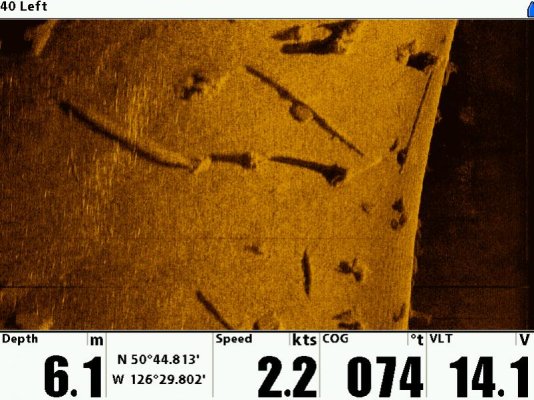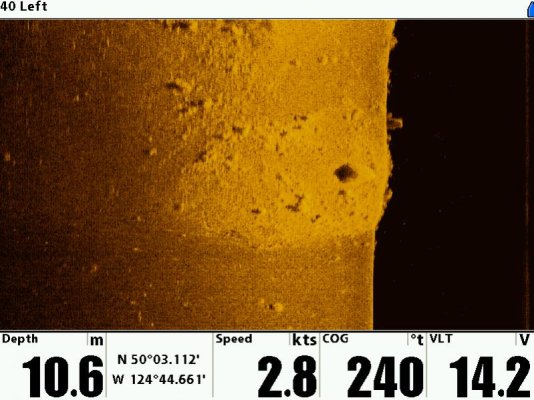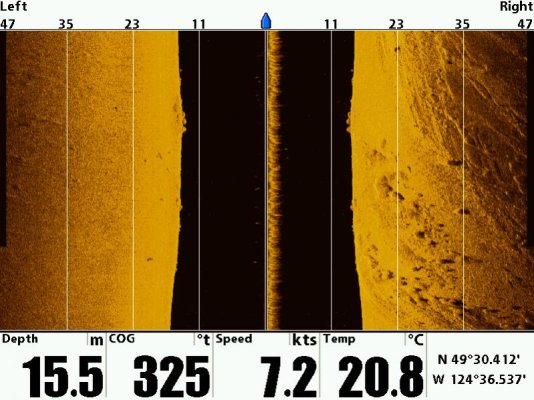All,
Since reading the grounded threat, I thought that some would like to know about forward sonar options, that seemed to have matured a bit lately.
The Garmin Panoptix and the Simrad Forward Scan are two reasonable options. Garmin seems to cater a bit more to the fishing crowd, but both seem to be able to avoid shallow water ahead.
Also, seems to be a bit of older units, that's hard to get info on.
Can anyone comment with experience on these?
Since reading the grounded threat, I thought that some would like to know about forward sonar options, that seemed to have matured a bit lately.
The Garmin Panoptix and the Simrad Forward Scan are two reasonable options. Garmin seems to cater a bit more to the fishing crowd, but both seem to be able to avoid shallow water ahead.
Also, seems to be a bit of older units, that's hard to get info on.
Can anyone comment with experience on these?



